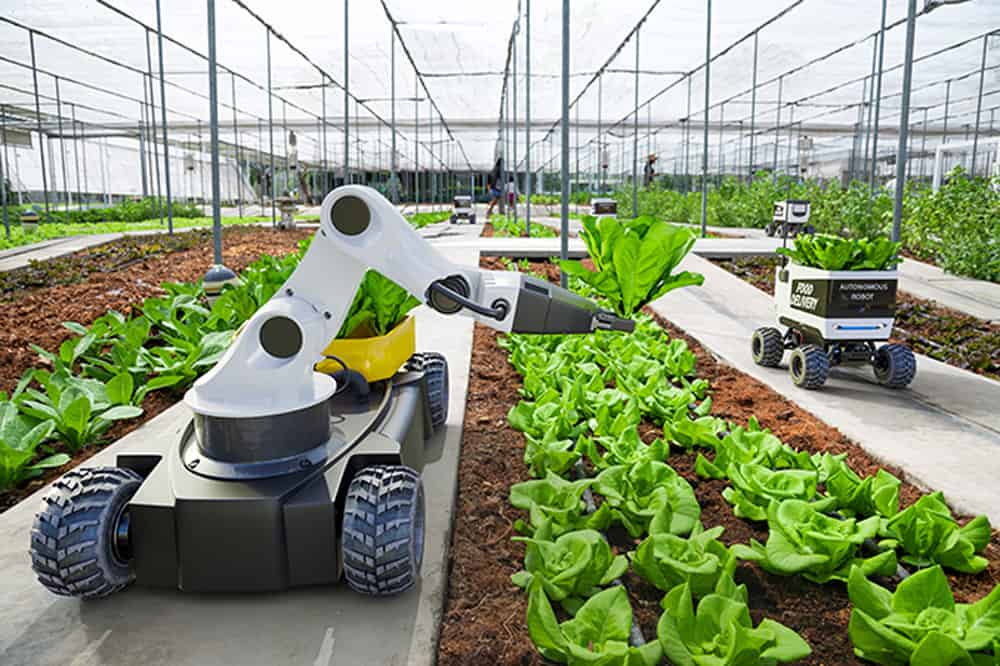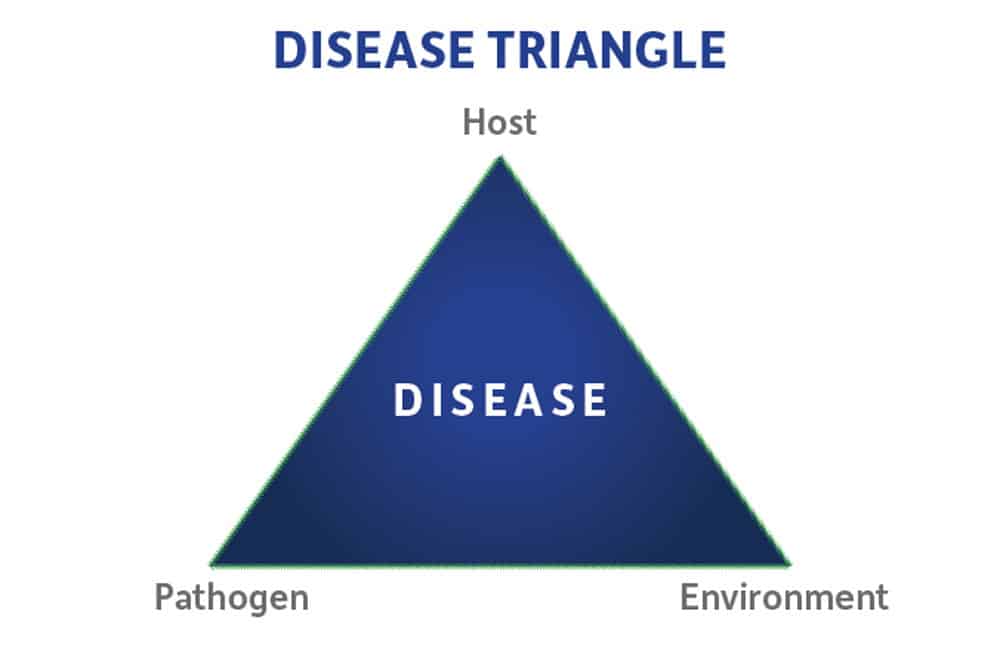Growers must consider numerous factors and best practices to ensure the right nutrients at the right time.
Crops need essential nutrients to grow and thrive for farmers who rely on them to make a living, and to feed the world’s population who rely on a sustainable food supply chain.
 But nutrient management doesn’t come in a one-size-fits-all package.
But nutrient management doesn’t come in a one-size-fits-all package.
A successful nutrient management plan considers numerous situations and strategies that a grower will analyze throughout the season. Factors such as soil health, technical practices, and climate and weather patterns all impact the success of a growing season from start to harvest.
Growers must consider numerous factors and best practices when deciding on crop nutrition application and timing.
SMART Nutrient Management and How Timing Plays a Key Role
The USDA’s Natural Resources Conservation Service (NRCS) encourages a SMART Nutrient Management plan.
These are:
- Source – Providing crops with the right type of nutrients is critical to their ability to reach their potential throughout the growing season. Growers can conduct testing to help match the right nutrition input, such as fertilizers, manure, soil amendments, or organic-by products, to their specific and local and crop needs.
- Method – Growers use numerous technologies, or methods, to apply nutritional products to crops. Choosing the right application method for the specific nutrient is critical for a crop’s uptake and use of the nutrient, as well as to reduce runoff risks.
- Assessment – Every plot of farmland has unique features growers must measure, test, and understand to successfully support the world’s food supply chain. And this assessment happens throughout the growing season as temperatures, water availability, pest pressures, or operational changes occur.
- Rate – Growers factor many things into their crop nutrient management practices and know the importance of following label instructions when deciding the use rate, or amount of a product they will use in their field. Using too much product can negatively impact crops, where too little product can leave growers without results. Therefore, using the proper amount, or use rate, is key to growers’ success. Additionally, application technologies can help target areas that need nutrient support by delivering the right amount of nutrients where a crop needs it most, while managing the use rate overall.
- Timing – Embrace proper timing of nutrient application. Growers want to apply nutrients when crops need them most to maximize uptake and effectiveness. Factors on timing may change throughout the season and growers must understand how this affects timing. For instance, precision technology may allow a grower to apply fertilizer or nutrients on an actively growing crop directly when and where that nutrient is needed. Growers must also consider other factors, such as weather, since rain can easily wash away nutrients, leading to runoff and moving nutrients away from where a crop could use them.
The SMART nutrient management system helps growers reduce nutrient loss. Using them most effectively takes frequent site assessments so growers know the conditions impacting their farmland and crops throughout the season.
Crop Nutrition Needs and Timing
Plant nutrition and growth are linked by a multilevel pathway between nutrients and plant hormones. Knowing how and when plants need nutrients most is important throughout the growing season.
Starting strong can positively affect a crop’s yield potential as the proper nutrition in seedlings can impact the overall health and development of a crop. It’s important that proper nutrition is provided and balanced at a crop’s earliest stages to achieve the highest possible results at harvest.
Crops entering reproductive stages often have high nutrient requirements. While plants can redistribute some nutrients from vegetative parts of the crop to satisfy many of their nutrient needs, this can reduce yield potential overall if soil fertility is not kept consistently high.
A good post-harvest program lays the foundation for the next season by accelerating the movement of carbohydrates and nutrients to roots and woody storage tissue. Therefore, growers should take the opportunity between harvest and their next growing season to replenish the soil nutrients lost during the year.
Growers know the importance of providing their crops with the nutrition they need from start through harvest is key to a sustainable farming strategy and food system, which we all rely on.
Looking for crop solutions that can help growers maximize crop nutrients and water intake? Stoller’s plant performance products help support optimum growth when weather or stress conditions can cause imbalances. Learn more about how Stoller can help growers boost crop yield and quality by contacting a local subsidiary.





 Argentina
Argentina Australia
Australia Belize
Belize Brazil
Brazil Chile
Chile China
China Canada
Canada Colombia
Colombia Costa Rica
Costa Rica Dominican Republic
Dominican Republic El Salvador
El Salvador Europe
Europe Guatemala
Guatemala Honduras
Honduras India
India Mexico
Mexico Nicaragua
Nicaragua Panama
Panama Peru
Peru Philippines
Philippines South Africa
South Africa Turquie
Turquie